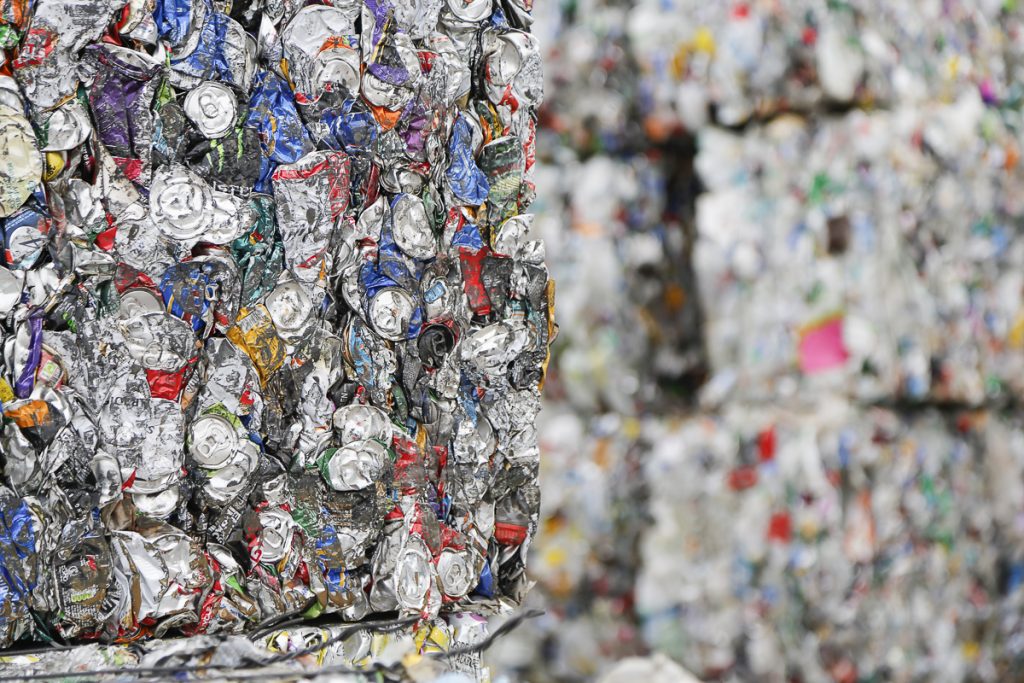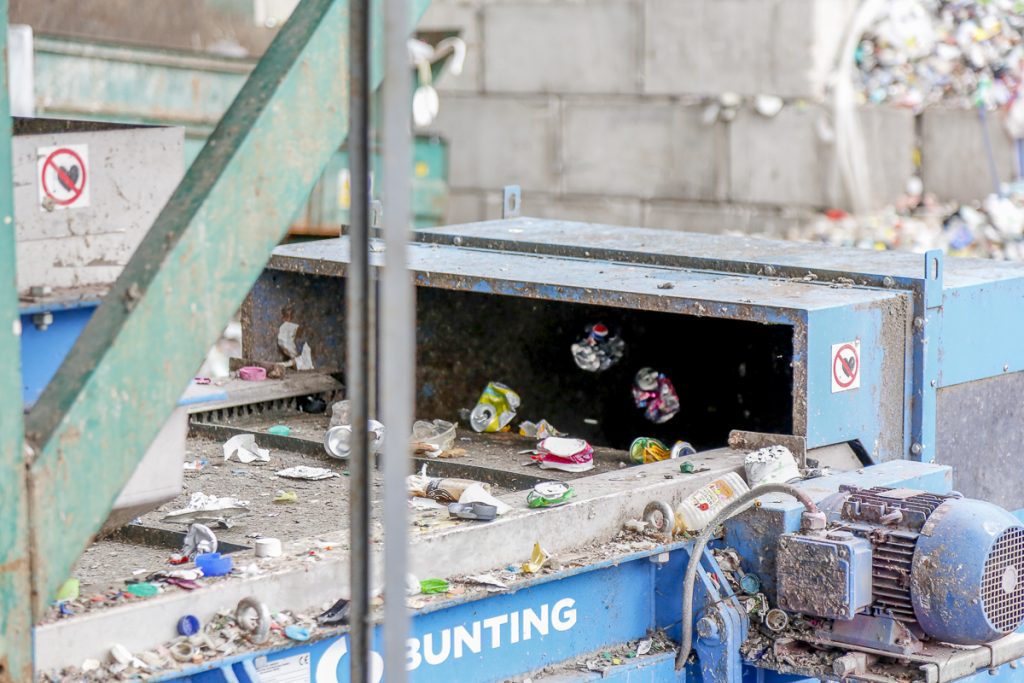Technology Drives Aluminium Recycling Success
By Paul Fears | 17 June 2019
The simple Aluminium Can is a perfect example of successful waste and recycling management. In 2020, the recycling rate for aluminium beverage cans in the European Union, United Kingdom, Switzerland, Norway and Iceland stood at 72%. This is up from 54% in 2010, although down from 75% in 2019. However, a 9% growth in consumption means that recycled aluminium cans reached a record level of 510,000 tonnes (Metal Packaging Europe).
With a 6% rise on 2019, the recycling rate for aluminium beverage cans in the UK reached a record high of 82% in 2020 (Alupro – April 2021). According to Environment Agency (EA) published Packaging Recovery Notes (PRNs), 151,515 tonnes of aluminium packaging was collected and recycled, up 31% from 115,808 tonnes in 2019.
This positive news follows the announcement by European Aluminium and Metal Packaging Europe of a joint roadmap towards achieving 100% aluminium can recycling by 2030 (CanTech International – March 2021).
This is an important recycling success story, especially when it is estimated that around 200 billion aluminium cans are used globally each year. In fact, the aluminium drinks can is the most recycled packaging product on the planet.

Technology Drives Recycling Success
The recycling of aluminium drinks cans is a true success story. Producers of other products, such as plastic bottles, could learn a great deal from the way Alupro and other aluminum organisations turned the packaging product into a global recycling phenomenon.
Product Design
The product design is simple. The only mistake was made in the early 1990s when a plastic widget was introduced to beer cans. Although the plastic widget could be separated from the shredded aluminium, it produced additional waste.
Marketing
Everyone knows that the aluminium can is easily recycled. The marketing campaign executed by Alupro and other organisations around the world has been excellent. They reached out to schools, businesses, charities, and recycling organisations. People were willingly separating and collecting aluminium cans. This resulted in a huge awareness of the recycling nature of aluminium.
Economics
Unlike many waste products, a used aluminium can has a meaningful value. In fact, the return on recovering aluminium cans is often key to the successful running of a recycling operation.
Technology Enables Recovery
Although there are initiatives to collect aluminium cans, the ability to successful recover the material from other waste is a key reason for the product’s recycling success. Since the late 1980s, recycling companies have used the Eddy Current Separator. The magnetic system dynamically expels aluminium cans from non-metallic waste. This automated method is simple to use and relatively inexpensive with a very quick return on investment.

Drive Towards 100% Recycling
Reaching a 100% recycling rate of any material is extremely challenging due to so many uncontrollable external factors. However, the ability to recover aluminium using proven and successful technology such as the Eddy Current Separator will continue to push up the recycling rate.
Related Recycling Articles
- 5 Key Eddy Current Separator Operating Parameters
- Parry & Evans Recover Metal with Bunting Magnetic Separators
For further information on Magnetic Separators, Eddy Current Separators, and ElectroStatic Separators for metal recovery in recycling applications or to discuss a specific project including undertaking tests in our Customer Experience Centre, please contact our technical sales team on:
Email: Gordon Kerr at GKerr@buntingmagnetics.com
Telephone: +44 (0) 1527 65858
Aluminium Can Photography: Paul Fears Photography
Follow us on social media